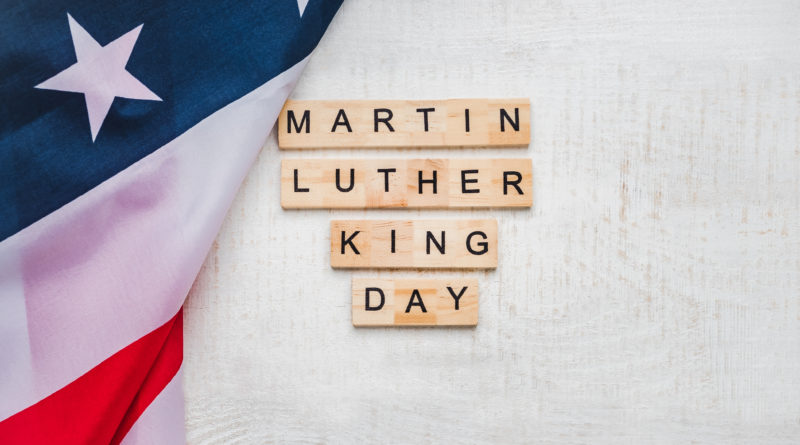The Basics of Martin Luther King Jr. Day
8,074 total views, 2 views today
Every year, on the third Monday of January, the United States celebrates Martin Luther King Jr. Day. Schools and public institutions are closed to commemorate King’s impactful activism during the Civil Rights Movement. That said, although many people know the basics of the holiday and its namesake, there are still many less commonly known facts. Learn more below.
When was Martin Luther King, Jr. born?
Martin Luther King, Jr. was born in Atlanta, Georgia on January 15, 1929. Although many people now know him as Martin Luther King, Jr., his birth name was Michael King Jr. He was the second child of Alberta Williams King, a former schoolteacher, and Martin Luther King Sr. At the time of King’s birth, his father was studying for a ministerial degree at Morehouse College. Soon after King’s birth, his father became the leader of Ebenezer Baptist Church.
Where did King grow up?
MLK Jr. grew up in the Sweet Auburn district of Atlanta, a neighborhood located east of downtown. The neighborhood was home to a prominent and affluent Black community. In 1934, when King, was five years old, his father traveled to Germany. There, his father became inspired by the Protestant Reformation leader Martin Luther. After he came home, the senior King changed his name as well as his son’s name.
King witnessed his father fight against segregation and discrimination. He attended segregated public schools and was a gifted student. He excelled so much that his school allowed him to skip the ninth and 12th grades. In 1944, at the age of 15, he was accepted and admitted to Morehouse College, the alma mater of both his father and maternal grandfather, where he studied law and medicine.
How did King form his views?
Although King came from a line of Baptist ministers, he did not initially intend to follow the family vocation until he was convinced by Morehouse president Benjamin E. Mays. In 1947, at 18 years old, King was ordained by Mays, his “spiritual mentor.” One year later, he graduated with a bachelor’s degree in sociology.
In 1948, King attended Crozer Theological Seminary in Upland, Pennsylvania to study divinity. King was drawn to the school’s liberal and unorthodox theological leanings. In 1951, he received his Bachelor of Divinity degree and graduated with honors as the class valedictorian. Later that same year, King pursued his doctorate in systematic theology at Boston University. In June of 1955, at the age of 27 years old, he earned his doctorate.
Throughout King’s education, he learned about pacifism. He also learned about the life and teachings of Mohandas K. Gandhi and believed that people must peacefully protest against racism. However, he also believed that people who took a quiet, moderate stance against systemic racism are complicit in perpetuating it.
How did King act upon his views?
During the 1955 Montgomery Bus Bycott, King applied his teachings of non-violence. To follow King’s example, Montgomery’s black community banded together to organize carpools and would sometimes walk to work if necessary. By December of 1956, the boycott had become successful.
King then became a prominent civil rights leader. He was also arrested 29 times due to his activism. In 1963, he made his famous “I Have a Dream” speech in front of the Lincoln Memorial in Washington, D.C. to a crowd of over 250,000 people. In 1964, at 35 years old, he became the youngest person of his time to receive the Nobel Peace Prize.
How did King die?
On April 4, 1968, near King’s room at the Lorraine Motel in Memphis – where he had been supporting Black sanitation workers on strike for better pay and working conditions – James Earl Ray shot and murdered King. On June 8, 1968, Ray was arrested before he fled to Rhodesia (now Zimbabwe). In the wake of his death, his legacy became his civil rights activism, his push to end segregation, and his charisma, all of which paved some of the groundwork for civil rights activism today.

